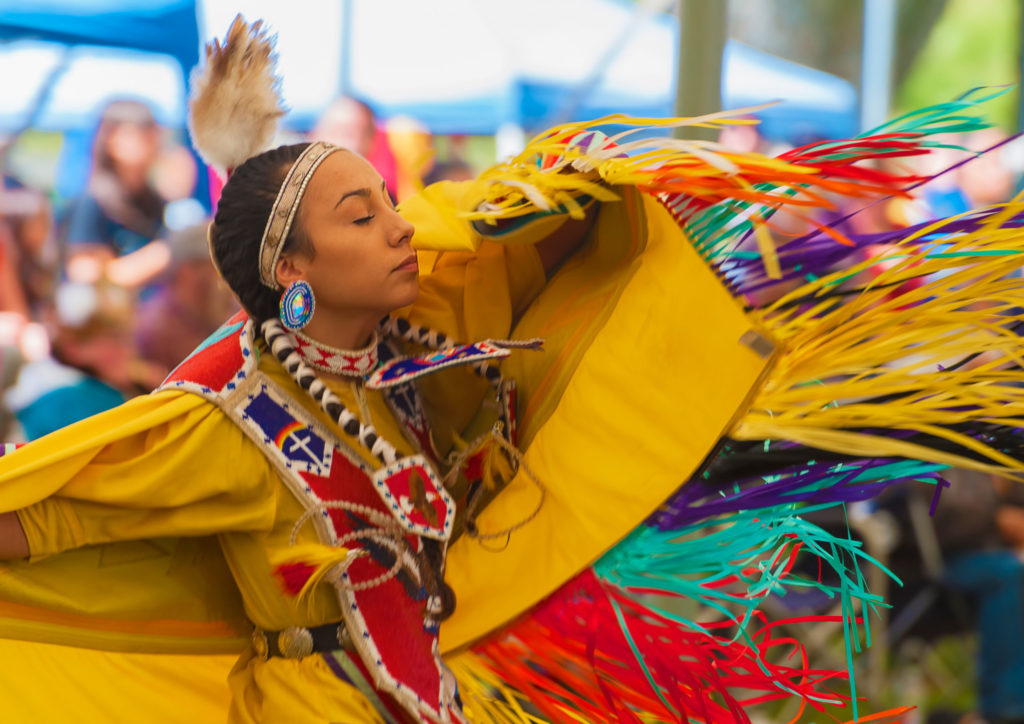Native American cultural preservation is a vital mission to protect the traditions, languages, and ways of life of the Indigenous peoples of North America. From ancient stories to modern efforts, Native communities work to keep their cultures alive and ensure they are passed down for generations to come.
This article explores the history of Native Americans, why cultural preservation matters, and the ongoing work to honor and protect this rich heritage.
The Long History of Native Americans
The First Peoples of North America
Before European settlers arrived, Native American tribes had thriving communities across the continent. Tribes such as the Navajo, Cherokee, Lakota, and Iroquois had unique languages, spiritual beliefs, systems of government, and close relationships with the land.
Some tribes were nomadic hunters, others were farmers. Some built large settlements while others lived lightly on the land. Despite differences, many shared a deep respect for nature and their communities.
The Impact of Colonization
The arrival of Europeans in the 15th and 16th centuries brought devastating consequences for Native peoples. Disease, violence, and forced removal drastically reduced populations. Colonizers disrupted traditional ways of life and displaced many tribes from their ancestral lands.
The cultural impact was severe. Native languages were often banned, spiritual practices were suppressed, and many Native children were sent to boarding schools where they were punished for practicing their culture or speaking their language.
This period led to a deep erosion of Native American cultural identity. However, these cultures were not destroyed and have survived through resilience and determination.

Why Native American Cultural Preservation Matters
Protecting Identity and Heritage
Cultural preservation is essential because it sustains identity, pride, and history for Native people. Preserving Indigenous culture helps keep languages alive, maintains spiritual practices, and allows stories and art to be passed on.
It also honors treaties and land rights as living commitments rather than forgotten papers. This preservation strengthens communities and promotes healing from historical trauma.
Overcoming Cultural Genocide
The forced assimilation policies of the past have been described as cultural genocide, where the goal was to erase Native identities. Policies such as the Indian Boarding Schools and land seizures were designed to destroy Native cultures.
Today, cultural preservation is a form of resistance and recovery. It is about reclaiming lost heritage and building a future rooted in tradition and strength.
Efforts in Native American Cultural Preservation Today
Language Revitalization
Many Native languages are endangered. Out of hundreds once spoken, fewer than 200 remain, and some have only a few fluent speakers.
Efforts to revive languages include immersion schools, where children learn entirely in their native tongue. Technology also helps, with apps and online courses making language learning more accessible.
Government programs and tribal initiatives are increasingly supporting these language preservation efforts.
Protecting Sacred Lands
Many Native spiritual practices are connected to specific sacred sites like mountains, rivers, and forests. These places are central to cultural and religious identity.
However, many sacred lands face threats from mining, construction, and other development projects. Native leaders and allies work tirelessly to protect these areas, emphasizing their spiritual and cultural importance.
Examples of sacred sites under protection efforts include Bears Ears National Monument and Mauna Kea.
Museums and Cultural Centers
Native-run museums and cultural centers play a crucial role in preserving and sharing Indigenous culture. They protect artifacts, provide education, and create spaces for Native artists and storytellers to share their work.
These institutions help challenge stereotypes and provide a more accurate representation of Native history and culture.
Repatriation of Artifacts and Remains
Many Native remains and sacred objects were taken without consent and stored in museums and universities. The Native American Graves Protection and Repatriation Act (NAGPRA) was passed to return these items to tribes.
Repatriation is a healing process that restores respect and dignity to Native communities, allowing them control over their cultural heritage.
Challenges to Preservation
Despite progress, Native American cultural preservation faces many obstacles.
Many programs lack stable funding, making long-term efforts difficult. Legal battles over land rights and sacred site protections continue to threaten Native interests.
Climate change also poses new risks by endangering tribal lands through wildfires, floods, and rising sea levels.
Widespread misunderstanding and stereotypes about Native peoples remain a barrier to greater support and awareness.

How Non-Native People Can Help
Supporting Native American cultural preservation requires respect, education, and action.
Non-Natives can learn about Native history from Indigenous voices, support Native artists and businesses, and respect land acknowledgments.
Advocating for policies that protect Native rights and donating to tribal cultural programs are other important ways to help.
Listening to and amplifying Native voices ensures preservation efforts are guided by those most connected to the culture.
A Future Rooted in Tradition
Native American cultural preservation is about more than saving history. It is about ensuring identity, community, and resilience continue into the future.
Many Native youth today are learning their languages, practicing traditional ceremonies, and reclaiming their stories. This revival reflects strength and hope.
When we support Native cultural preservation, we help build a world that respects and values the deep wisdom of the first peoples of this land.
Conclusion
Native American cultural preservation is a shared responsibility. Protecting Indigenous languages, sacred lands, and traditions honors the past and enriches the future.
Whether through language programs, sacred site protection, museums, or simply listening and learning, every effort contributes to this important work.
By standing with Native communities, we help preserve a vibrant culture that has endured for thousands of years and continues to inspire today.
Do Follow USA Glory On Instagram
Read Next – LGBTQ+ Rights Progress in the United States: Milestones & Challenges






